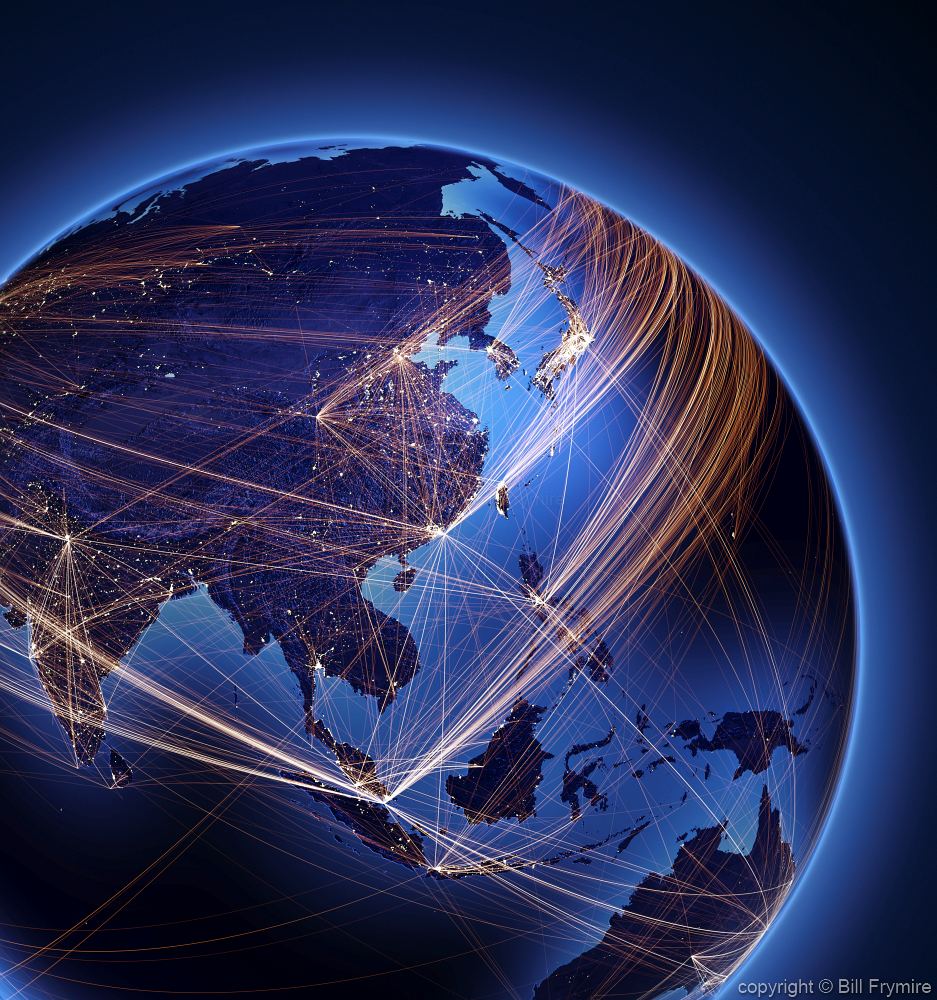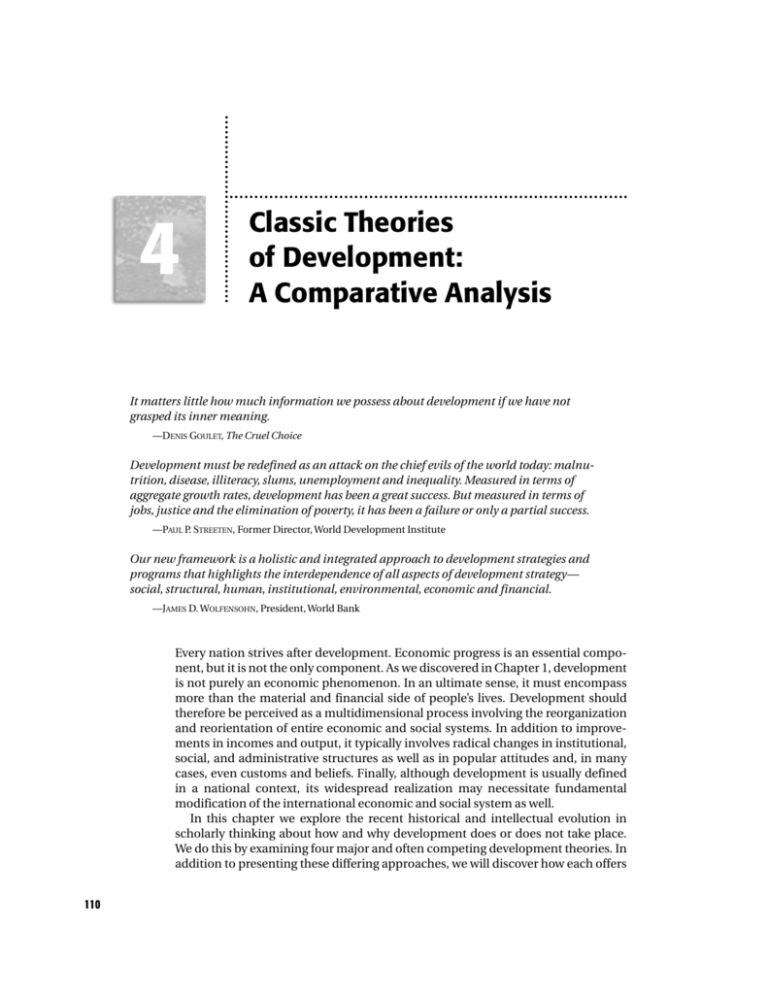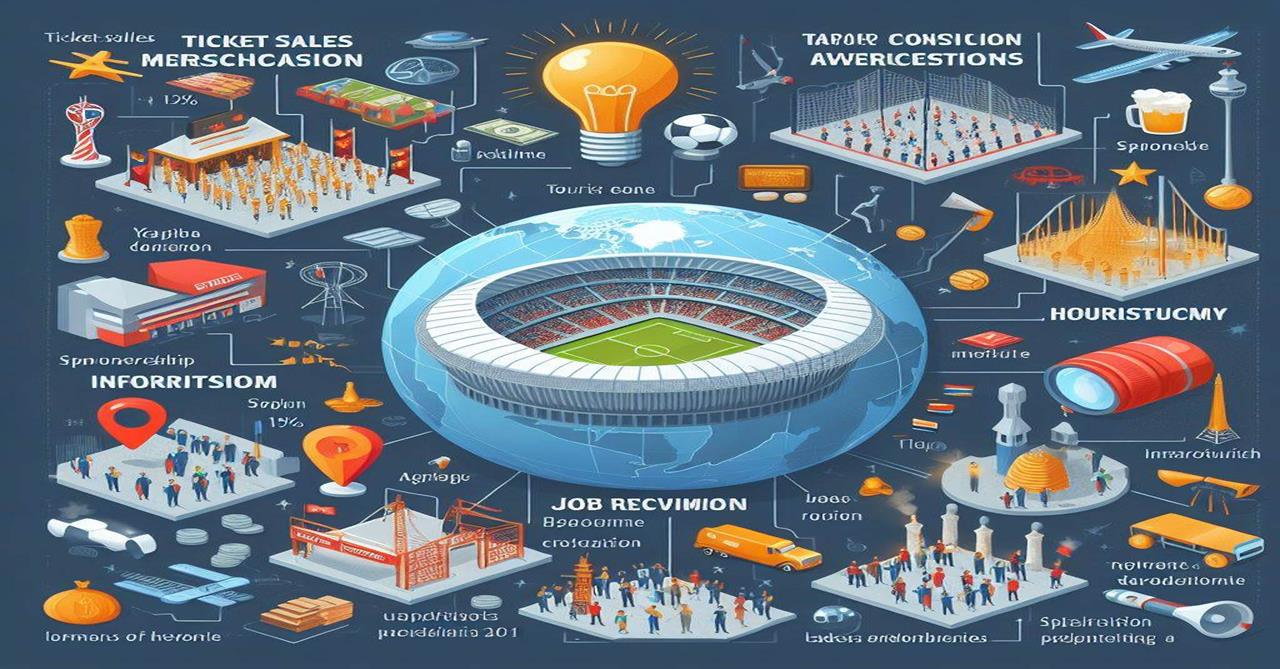
Unlocking Prosperity: The Economic Benefits of Global Connectivity
In today’s fast-paced world, it’s easy to take for granted how connected we are. From a quick video call with family across continents to ordering a product from halfway around the globe, our lives are interwoven with a vast digital network. This isn’t just about convenience; it’s about a profound shift in how the world economy works.
Global connectivity, the seamless linking of people, businesses, and information across borders through technologies like the internet, mobile networks, and satellite communications, is no longer a luxury. It’s the backbone of modern economic growth, transforming industries, creating opportunities, and bringing the world closer in ways unimaginable just a few decades ago.
But how exactly does this invisible web translate into real-world money, jobs, and prosperity? Let’s dive into the powerful economic benefits of global connectivity, explained in a way that’s easy for everyone to understand.
What Exactly is Global Connectivity?
Before we explore the benefits, let’s clarify what we mean. Imagine the world as a giant neighborhood. Global connectivity is like building super-fast highways, bridges, and communication lines that connect every house, shop, and office in that neighborhood, no matter how far apart they are.
It involves:
- The Internet: The biggest network of computers worldwide.
- Mobile Networks: Allowing phones and devices to connect wirelessly.
- Fiber Optic Cables: Super-fast glass strands that carry data across oceans and continents.
- Satellites: Orbiting the Earth, providing internet access even in remote areas.
- Digital Platforms: Websites, apps, and software that enable communication, trade, and collaboration (e.g., Amazon, Zoom, social media).
In essence, it’s about the ability to share information, ideas, products, and services instantly and cheaply, regardless of geographical distance.
The Pillars of Economic Prosperity: How Global Connectivity Drives Growth
Global connectivity fuels economic growth in numerous ways, impacting everything from the smallest local business to the largest multinational corporations.
1. Boosting International Trade and Market Access
One of the most immediate and visible benefits of global connectivity is its impact on trade. In the past, selling goods internationally was complex, expensive, and limited to large corporations. Now, the playing field has been dramatically leveled.
- E-commerce Explosion: Online marketplaces like Amazon, Alibaba, and eBay allow businesses of all sizes to sell their products to customers anywhere in the world. A small craft maker in rural India can now reach buyers in New York, and a boutique fashion brand in Italy can ship directly to Tokyo.
- Reduced Trade Barriers: While tariffs and regulations still exist, the digital age reduces the "friction" of international trade. Information about products, prices, and shipping is readily available, making cross-border transactions smoother and faster.
- Global Supply Chains: Businesses can source materials, components, and services from the most efficient and cost-effective locations worldwide. This optimization leads to lower production costs and more competitive prices for consumers.
Key Takeaways:
- Businesses can sell their products to a global audience, not just local customers.
- Consumers have access to a wider variety of goods at competitive prices.
- It simplifies the process of buying and selling across borders.
2. Creating New Jobs and Industries
The digital revolution powered by global connectivity isn’t just about automating existing jobs; it’s about creating entirely new ones and fostering whole new industries.
- Tech Industry Boom: Think of all the jobs related to building, maintaining, and developing the internet itself: software engineers, network administrators, cybersecurity experts, data scientists.
- Digital Economy Roles: Beyond core tech, there’s a massive ecosystem of roles like digital marketing specialists, social media managers, e-commerce store managers, content creators (YouTubers, bloggers), and app developers.
- Remote Work Opportunities: Global connectivity has made remote work a mainstream reality. This means people can work for companies anywhere in the world without having to relocate, opening up job opportunities in regions with fewer local options and allowing companies to tap into a global talent pool.
- Gig Economy Expansion: Platforms like Upwork, Fiverr, and Uber connect freelancers and service providers with clients globally, creating flexible work opportunities for millions.
Key Takeaways:
- New types of jobs are created in technology and the digital economy.
- People can work for companies anywhere, increasing job access.
- It supports flexible work models and freelancing.
3. Fostering Innovation and Productivity Gains
When information flows freely and widely, innovation accelerates. Global connectivity acts as a supercharger for new ideas and more efficient ways of doing things.
- Knowledge Sharing: Researchers, scientists, and innovators can collaborate across borders in real-time, sharing data, insights, and breakthroughs faster than ever before. This speeds up scientific discovery and technological development.
- Access to Information: Anyone with an internet connection can access vast libraries of knowledge, online courses, and expert opinions, fostering learning and problem-solving.
- Increased Efficiency: Businesses can use connected technologies to automate tasks, optimize processes, and manage operations more effectively. Cloud computing, for instance, allows businesses to store and access data from anywhere, improving collaboration and reducing costs.
- Faster Problem Solving: Global teams can work together on complex issues, bringing diverse perspectives and skills to bear, leading to quicker and more effective solutions.
Key Takeaways:
- Ideas and knowledge spread quickly, leading to faster innovation.
- Businesses can operate more efficiently and at lower costs.
- Global collaboration on research and development is easier.
4. Enhancing Education and Skill Development
A skilled workforce is vital for any economy. Global connectivity is revolutionizing how people learn and acquire new skills.
- Online Learning Platforms: Websites like Coursera, edX, and Khan Academy offer courses from top universities and experts worldwide, often for free or at a low cost. This makes high-quality education accessible to millions who might not otherwise afford or access it.
- Upskilling and Reskilling: As industries change, workers need new skills. Online resources allow people to continuously update their knowledge, ensuring they remain relevant in the evolving job market.
- Access to Global Mentors: Individuals can connect with experts and mentors in their field from anywhere in the world, gaining valuable guidance and insights.
- Democratization of Knowledge: Information that was once confined to libraries or expensive institutions is now freely available to anyone with an internet connection, empowering self-learners and fostering a more knowledgeable society.
Key Takeaways:
- High-quality education and training are accessible to more people.
- Workers can easily learn new skills to adapt to changing job markets.
- It helps create a more educated and adaptable workforce.
5. Empowering Small Businesses and Entrepreneurs
Perhaps one of the most exciting aspects of global connectivity is how it empowers small businesses and individual entrepreneurs to compete on a global scale.
- Low Entry Barriers: Starting an online business often requires significantly less capital than a traditional brick-and-mortar store. With just a laptop and an internet connection, someone can launch a global enterprise.
- Direct Customer Engagement: Small businesses can use social media and online tools to connect directly with customers, build communities, and gather feedback, leading to more tailored products and services.
- Niche Market Access: Connectivity allows entrepreneurs to find and serve very specific "niche" markets anywhere in the world, even if that market is too small to support a local business.
- Reduced Marketing Costs: Digital marketing, social media advertising, and search engine optimization (SEO) can be much more cost-effective than traditional advertising, allowing small businesses to reach a wide audience on a limited budget.
Key Takeaways:
- It’s easier and cheaper for individuals to start businesses.
- Small businesses can reach customers worldwide.
- It levels the playing field, allowing small players to compete with large ones.
6. Facilitating Investment and Capital Flow
Money follows opportunity, and global connectivity makes it easier for investors to find those opportunities and for businesses to attract capital.
- Global Investment Opportunities: Investors can research and invest in companies and markets anywhere in the world, diversifying their portfolios and finding higher returns.
- Crowdfunding: Platforms like Kickstarter and GoFundMe allow startups and projects to raise money directly from a global community of individuals, bypassing traditional banks and venture capitalists.
- Foreign Direct Investment (FDI): Countries with robust digital infrastructure and connectivity are more attractive to foreign companies looking to invest and set up operations, bringing jobs and capital.
- Efficient Financial Transactions: Online banking, digital payment systems, and blockchain technologies enable faster, cheaper, and more secure international money transfers.
Key Takeaways:
- It’s easier for businesses to get funding from investors worldwide.
- Investors have more options to put their money.
- Money can move across borders more quickly and efficiently.
7. Boosting Tourism and Cultural Exchange
While not always immediately seen as an "economic" benefit, tourism is a massive industry, and global connectivity is its lifeblood.
- Easy Trip Planning: Travelers can research destinations, book flights and accommodations, read reviews, and plan itineraries online from anywhere in the world.
- Direct Bookings: Hotels, tour operators, and local guides can reach customers directly, often bypassing expensive intermediaries.
- Destination Marketing: Countries and regions can promote their attractions globally through websites, social media, and online advertising campaigns, attracting more visitors.
- Cultural Understanding: Increased travel and online interaction foster greater understanding and appreciation of different cultures, which can indirectly lead to stronger international relationships and trade.
Key Takeaways:
- It makes planning and booking travel much easier.
- It helps tourist destinations attract more visitors.
- It supports local businesses reliant on tourism.
8. Enhancing Resilience and Crisis Management
In an increasingly uncertain world, global connectivity provides a vital lifeline during crises, with significant economic implications.
- Business Continuity: During pandemics or natural disasters, remote work capabilities enabled by connectivity allow many businesses to continue operations, minimizing economic disruption.
- Disaster Response: Aid organizations, governments, and emergency services can coordinate efforts globally, share information, and deploy resources more effectively, reducing the economic impact of disasters.
- Supply Chain Resilience: While global supply chains can be vulnerable, connectivity also allows for real-time monitoring and rapid adjustment, helping businesses pivot and find alternative suppliers when disruptions occur.
- Information Sharing: Rapid dissemination of accurate information during health crises or emergencies helps guide public behavior and economic policy, reducing panic and allowing for more informed decisions.
Key Takeaways:
- Businesses can keep running even during disruptions.
- It helps in coordinating global responses to crises.
- It reduces the economic impact of unexpected events.
Addressing the Challenges: The Digital Divide and Beyond
While the benefits are immense, it’s crucial to acknowledge that global connectivity isn’t without its challenges. The "digital divide"—the gap between those who have access to technology and those who don’t—remains a significant issue. Many remote areas and developing countries still lack reliable internet access, limiting their ability to partake in these economic benefits. Cybersecurity threats, misinformation, and privacy concerns also pose challenges that need to be addressed to ensure the benefits are widely and safely realized.
However, the ongoing efforts to expand internet access, improve digital literacy, and enhance online security are all geared towards making global connectivity more inclusive and beneficial for everyone.
Conclusion: A Bridge to a More Prosperous Future
Global connectivity is more than just a technological marvel; it’s a powerful economic engine. By breaking down geographical barriers and fostering the free flow of information, goods, services, and capital, it drives innovation, creates jobs, empowers businesses, and enhances education.
It allows a small artisan to sell their crafts worldwide, a student in a remote village to learn from a top university, and a startup to attract investment from across the globe. It makes our economies more efficient, more resilient, and more interconnected. As the world continues to embrace digital transformation, the economic benefits of global connectivity will only grow, paving the way for a more prosperous, inclusive, and interconnected global society.




Post Comment